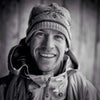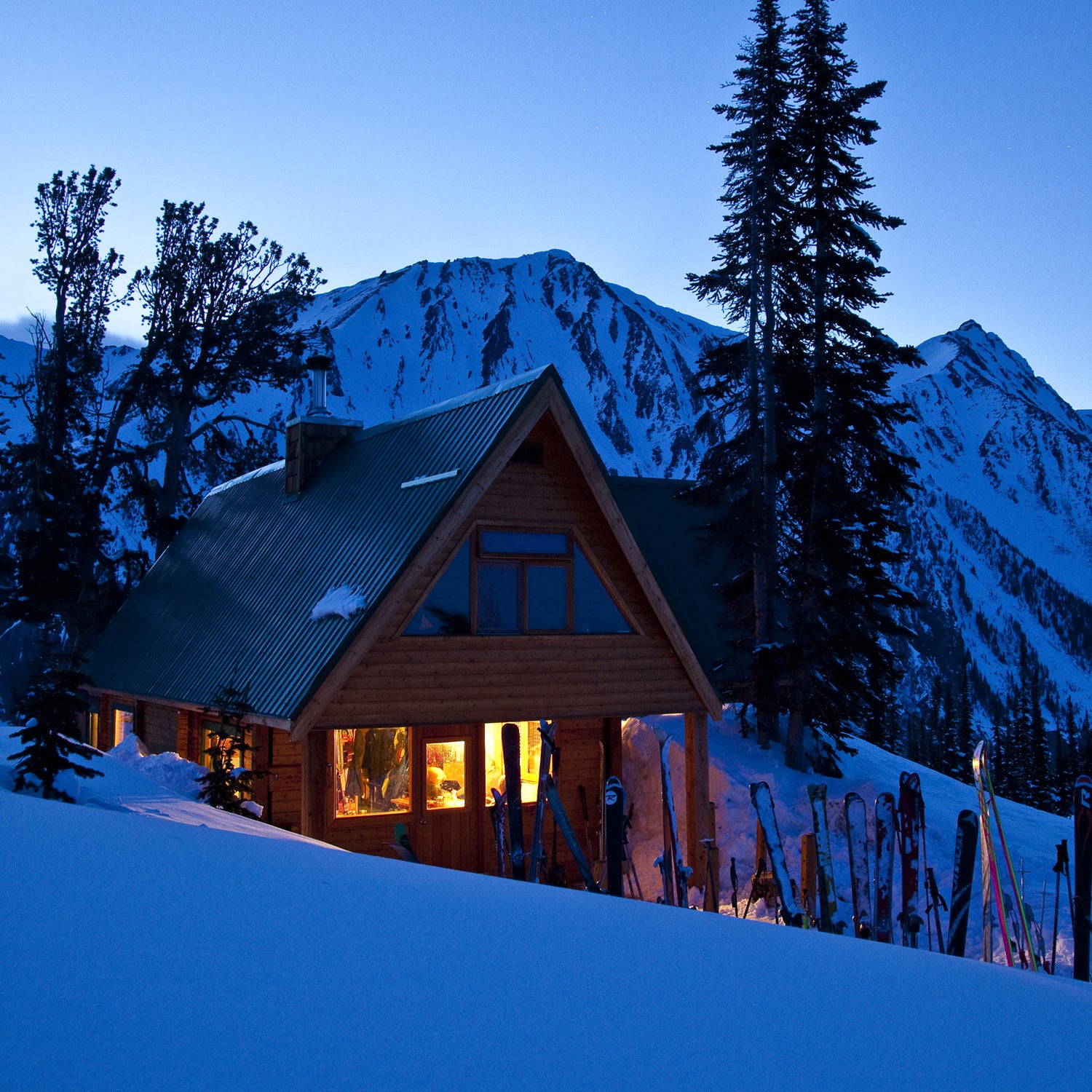The thing about out-of-bounds skiing is that the best untouched lines tend to be deep in the woods. Getting to them takes time, and that’s time you’re not making turns. Which is why we love huts: book one and you’ll spend the night where the snow falls without freezing in a tent. And sometimes the snow falls a lot. Waking up after a massive storm and knowing that you’re already there—no 4 a.m. alarm, no loading the car, no waiting in lift lines—is Christmas morning for ski loons.
1. British Columbia
Alpine Canada operates 23 winter huts, but its crown jewel is heli-accessed Bill Putnam (also known as Fairy Meadow), which offers a staggering variety of terrain. It’s popular, so be prepared to apply for a lottery the spring before your trip. $1,000 per week including helicopter shuttle.
2. Oregon
At Camp Norway, in the underrated Wallowa Mountains of northeast Oregon, you can choose between guided-and-catered or do-it-yourself options. Opened in 1980, the double-decker yurt offers access to advanced big-mountain lines. From $50.
3. California
Built in 1936, the San Antonio Ski Hut puts skiers within a short tour of Mount Baldy’s summit, two hours northeast of Los Angeles in the San Gabriel Mountains. It’s operated by the local Sierra Club, and overnight lodging is just $15 for members. From $15.
4. Colorado
Owned by the Grand Huts Association but part of the famous 10th Mountain system in Colorado, the solar-powered Broome Hut recently opened under steep, above-tree-line terrain that sees 500 inches of snow a year. It’s just a mile from Highway 40 near Berthoud Pass. From $35.
Tips and Tricks
Because backcountry missions are a little more complicated than riding lifts.
Book It: These huts fill up quickly, so be prepared to reserve well in advance. You can usually find a single spot, but we recommend rounding up a crew of friends and booking the entire thing.
Get There: Most North American huts are ski-to only, and Colorado’s 10th Mountain system even enforces a non-motorized zone. For a lot less work on the way in, some huts offer helicopter access, like British Columbia’s Kokanee Glacier and Alaska’s Snowbird.
Travel Light: Skinning with a heavy pack sucks. Many huts provide bedding, so check in advance to find out whether you can ditch your sleeping bag. Booze should have a high alcohol-to-volume ratio—so no to wine, yes to whiskey.
Stay Safe: It’s backcountry skiing, so bring the required safety gear—beacon, shovel, and probe—and practice using it before your trip. The remoteness that makes all this worthwhile also means you’ll be the first responder in the event of an avalanche or injury.
Get Fed: Some full-services huts, like Opus outside Silverton, Colorado, offer catered meals. It beats having to cook for your-self after a long day lapping pillow lines and also saves you from hauling in your own grub.


